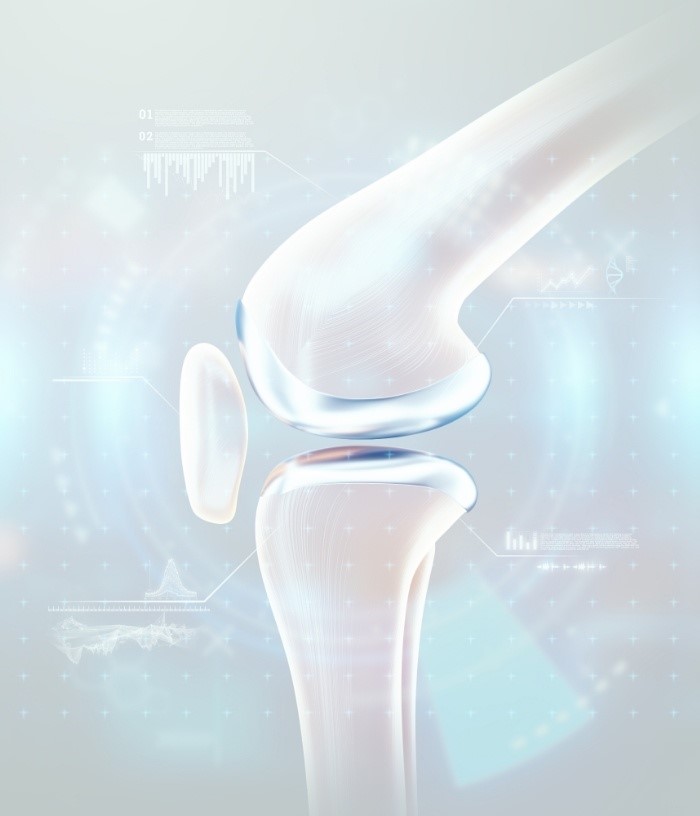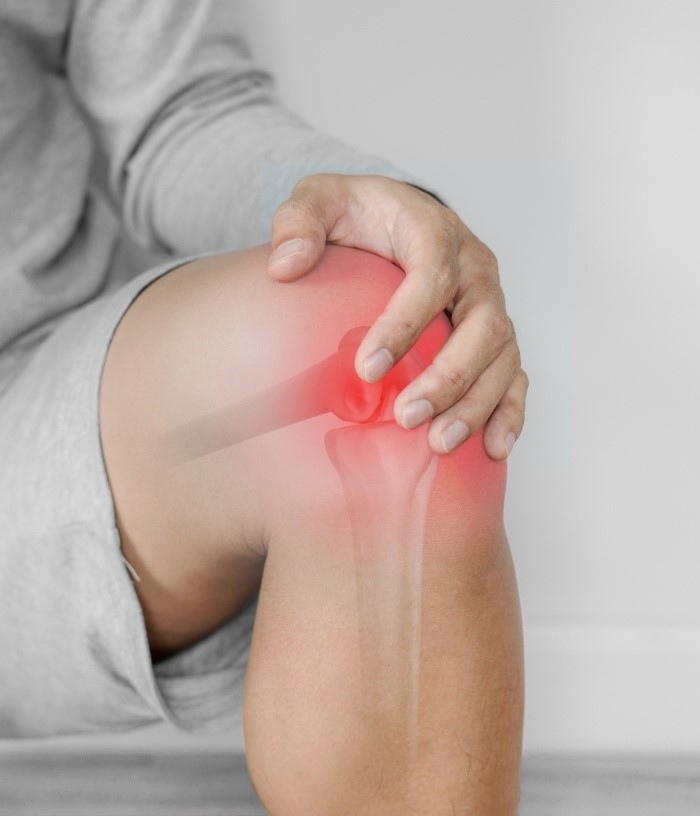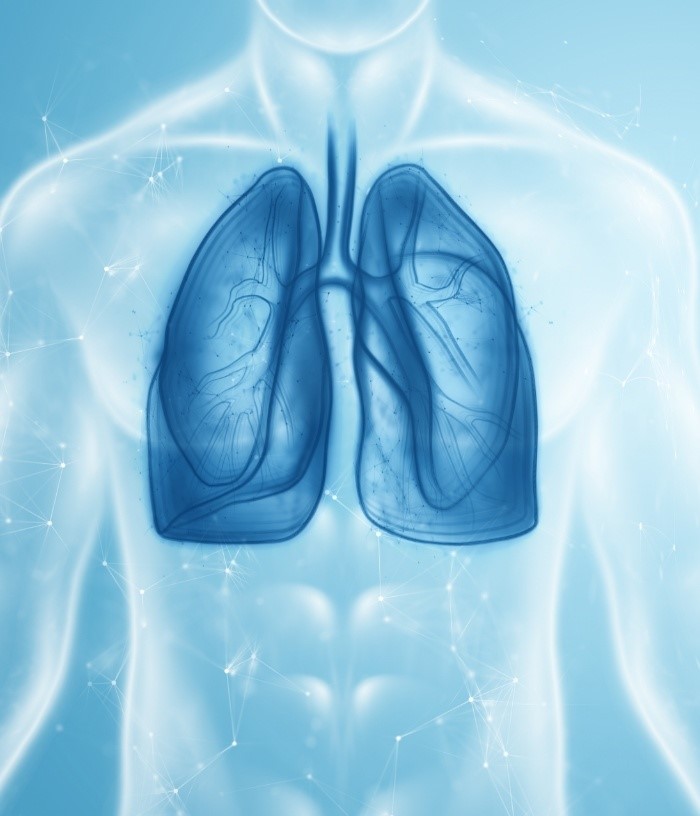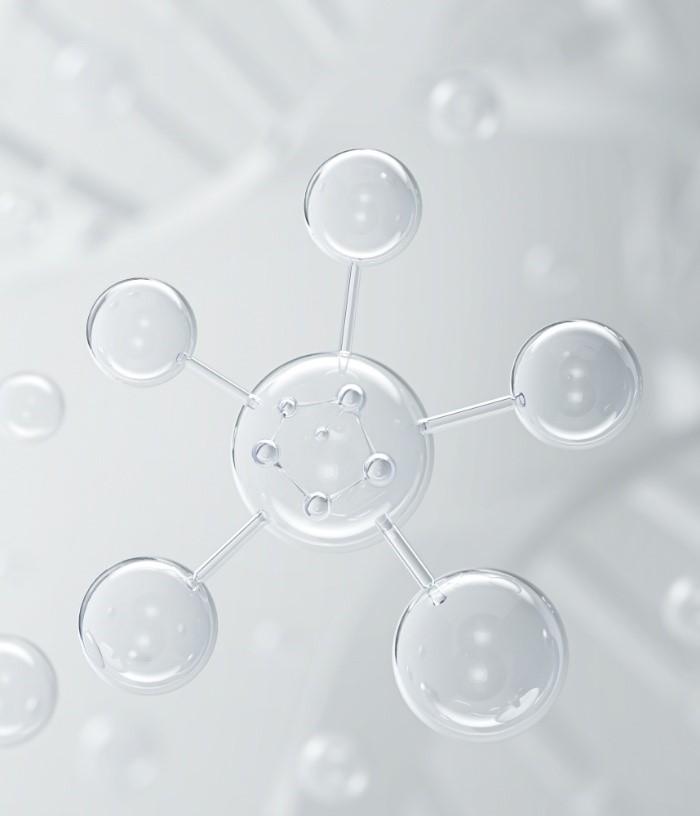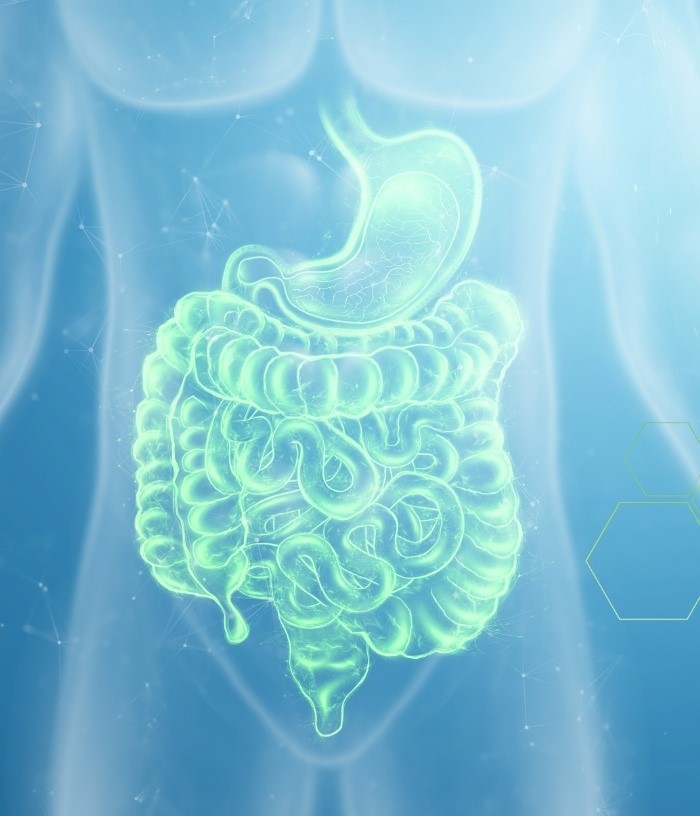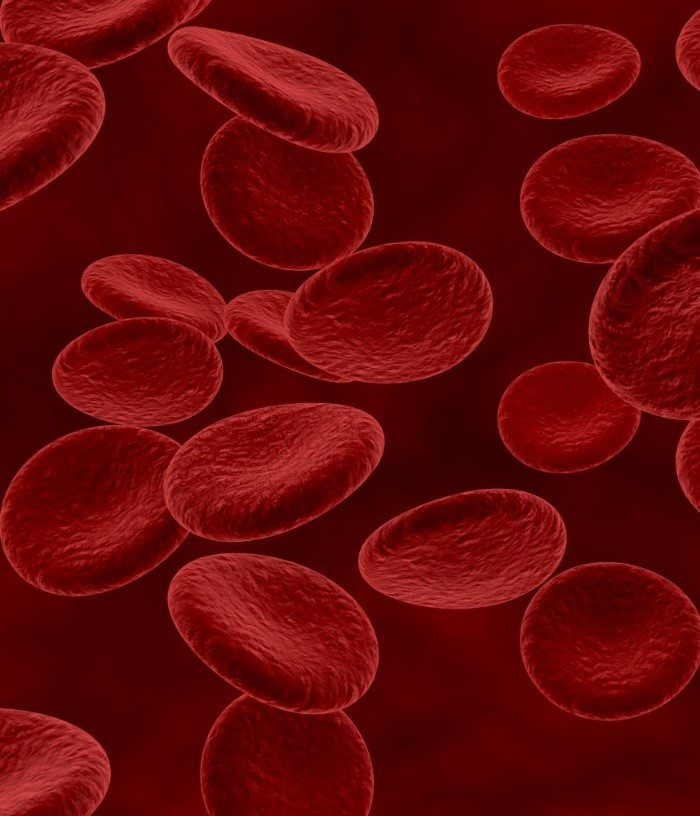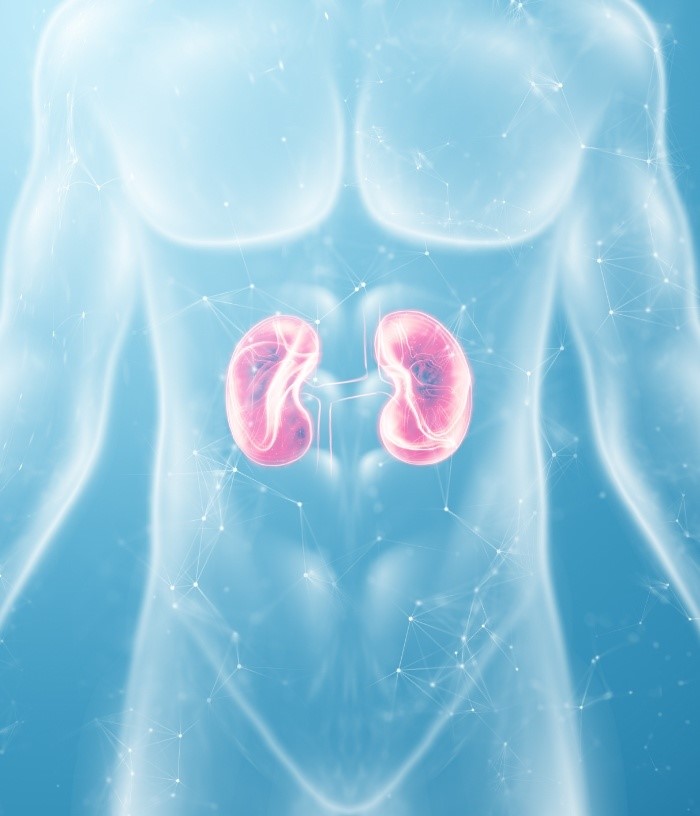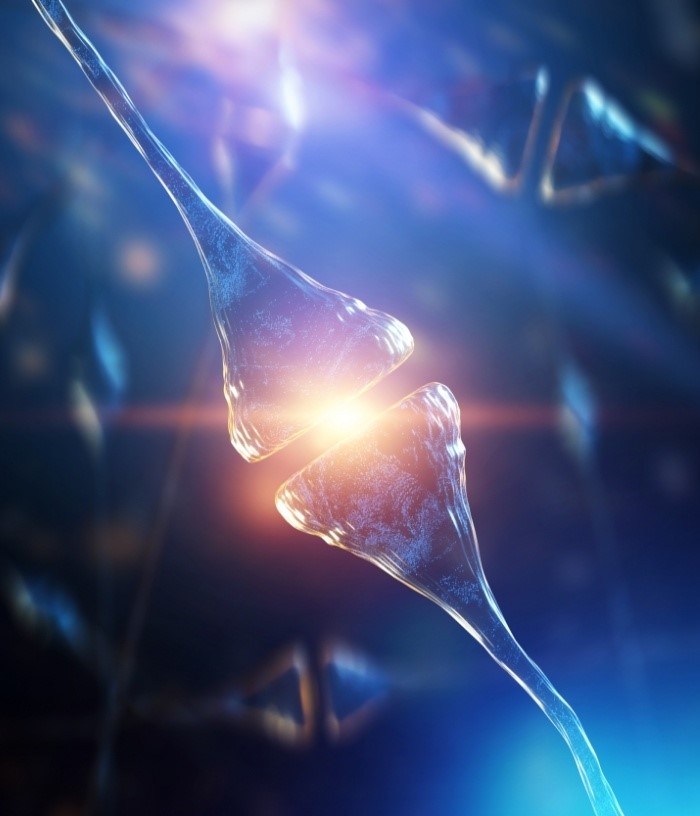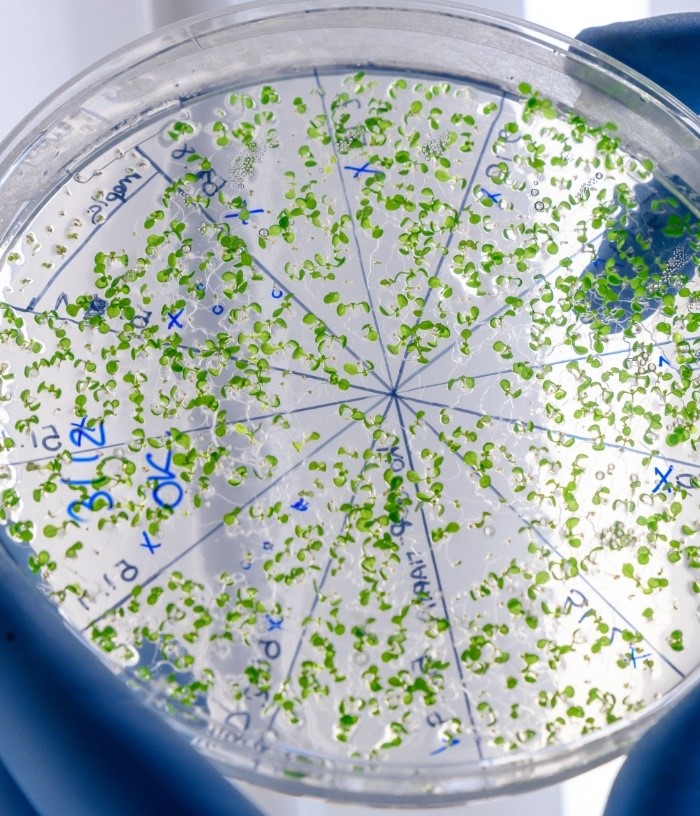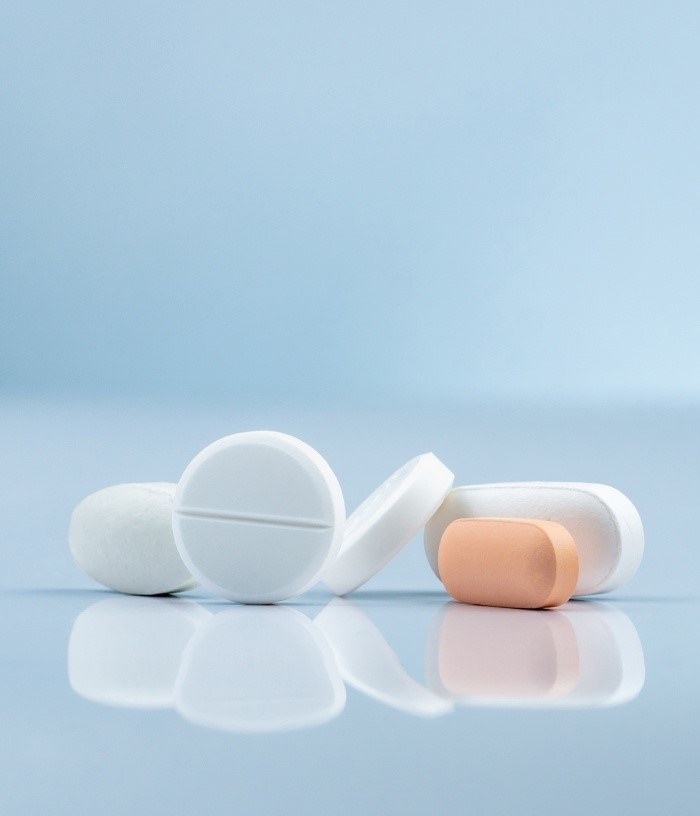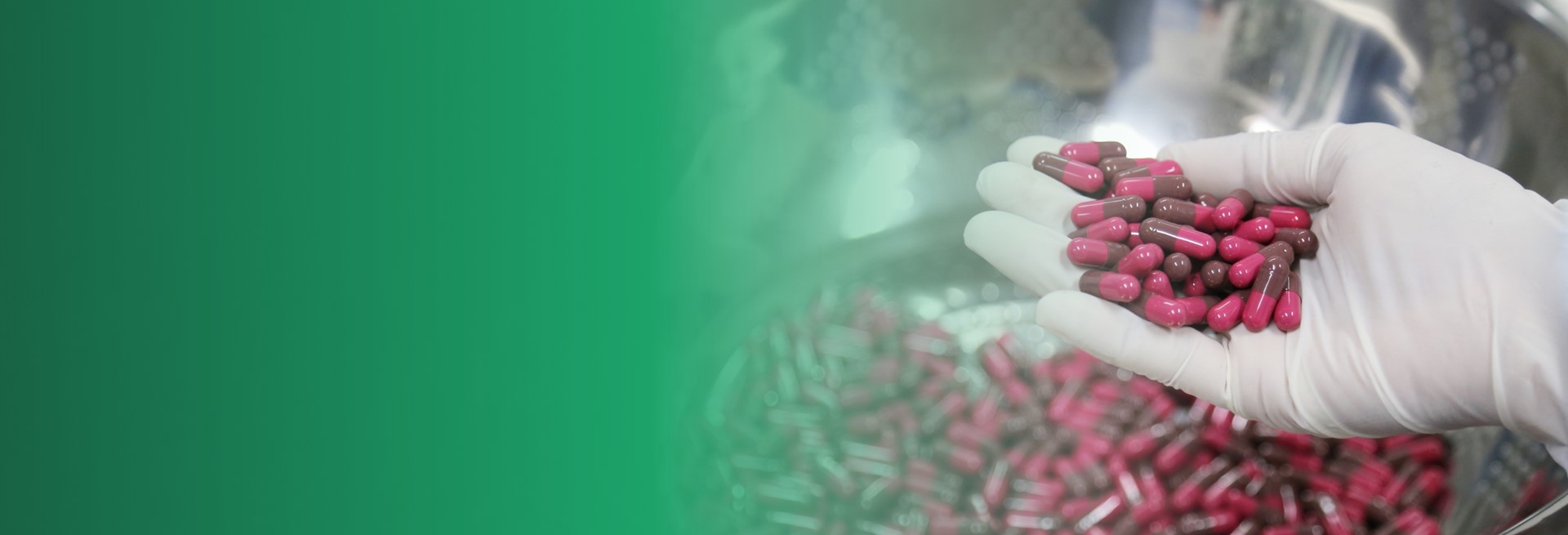
Generic Drugs and New Generic Drugs
in the dosage forms of tablets, capsules, powder, liquids, creams, and gels. They are produced and marketed under the brands of the Company to treat different diseases and are classified into musculoskeletal drugs, dermatological drugs, alimentary tract and metabolism drugs, and respiratory system drugs, and so on.

Outstanding Business Features
The Company’s first business involved modern medicines in the generic drug category founded by a team of pharmacists strongly determined to manufacture high quality products at reasonable price, accepted by medical professionals, and expanding the Thai public’s access to medicine. The Company is also committed to driving the development of new generic drugs to comprehensively manage health issues.

Outstanding Product Features
The Company pledges to manufacture modern medicines in the generic drug and new generic drug categories that meet international quality standards. The efforts encompass the entire process, starting from securing essential active pharmaceutical ingredients from reliable sources, performing quality control and assurance in every phase of production to analyzing and conducting bioequivalence studies of new generic drugs to provide consumers assurance that the products are therapeutically equivalent to the innovator product.
The Company’s modern medicines in the generic drug and new generic drug categories have been listed on the university hospitals’ lists of essential medicines before being expanded to the lists of other medical facilities including leading hospitals, clinics, and pharmacies across the country.
Product Categories
Distribution Channels
Hospitals
The Company’s modern medicines are currently distributed to hospitals across the country as follows:
- University-affiliated hospitals and medical schools
- Medical education centers
- Non-teaching university-affiliated hospitals
- Hospitals in Bangkok
- Hospitals in the provinces
- Regional hospitals
- General hospitals
- Community hospitals
- Hospitals under other organizations such as Thai Red Cross Society, Bangkok Medical Service Department, Army Medical Department, Naval Medical Department, Directorate of Air Medical Services, Office of the Surgeon General, Royal Thai Police, State Railway of Thailand, and Metropolitan Electricity Authority
in Bangkok and the Bangkok metropolitan region, and other provinces, as well as private hospital groups
- Private general hospitals
- Large private hospital groups





